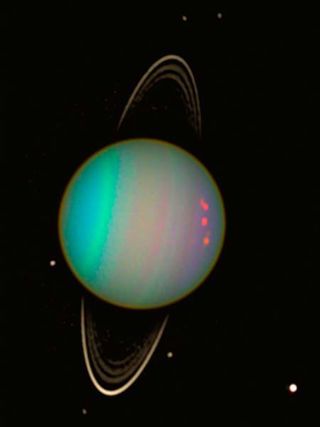I took astronomy in College and been interested ever since. Here is
something interesting.
Our Solar System,
which includes our Sun and the other planets revolving around the Sun
is located in the Milky Way Galaxy.
So far, astronomers
have found more than 500 solar systems, in our MILKY WAY GALAXY, ----
just like ours, with a Sun, moon, and other planets revolving around
their Sun, that may or may not have life, we just don’t know
because it would take take 200,000
years for a spaceship traveling at the
speed of light (186,000 miles per second)
to go across the entire Milky Way Galaxy.
But here is the
thing, Scientist are discovering new ones every year. Given how many
they have found in our own neighborhood of the Milky Way galaxy,
scientists estimate that there may be tens of billions of solar
systems in our Milky Way Galaxy alone, perhaps even as many as 100 billion
just like our Solar system..
Now something
astonishing happened around 2003. They pointed the Hubble Telescope
at a patch of sky that had nothing in it but was completely dark and void
of anything. And this spot was outside our Milky Way Galaxy.
After some time, the
Telescope revealed 10,000 Galaxies just like our Milky Way Galaxy
with Billions of Stars just like our sun meaning Billions of Solar
systems just like our Solar system with a Planet, a Sun, a Moon, and
other planets revolving around their own Sun---and maybe, just maybe, -----intelligent life superior to ours.
Meaning, what we know is vastly outstripped by what we don't know. In other words, we are just
at the tip of the beginning of knowledge.
https://www.youtube.com/watch?v=6Zawqojb-Lo
https://www.youtube.com/watch?v=AP_Q6JqFMf0


